The Oblong Land Conservancy (OLC), the Putnam County Land Trust (PCLT) and Friends of the Great Swamp (FrOGS) are pleased to announce that they have formed a collaboration and jointly entered into a Memorandum of Understanding (MOU) that will lead to increased focus on conservation efforts in the Great Swamp Watershed.
The Great Swamp, one of the largest wetlands in New York State, covers some 6,678 acres and drains a watershed of approximately 62,343 upland acres. The 20-mile long Watershed lies in the Harlem Valley that extends from Brewster to Dover and occupies parts of Putnam and Dutchess Counties in New York and Fairfield County in Connecticut.
Conservation of this natural resource is vital for a number of reasons:
- It provides the sole recharge facility for the aquifer that serves over 40,000 people in the Watershed
- It forms the headwaters of the Croton Reservoir System that provides New York City with some of its drinking water, and
- It provides critical habitat for a wide variety of flora and fauna, some of which are endangered.
The MOU identifies two specific initiatives that will raise public awareness of the importance of the Watershed. The first involves the creation and placement of signage at the points of entry on the principal roads to the Watershed so that everyone can become familiar with the Great Swamp’s existence and boundaries. The second initiative involves the development of an educational program called Swamp Smart. This will inform watershed residents about the importance of the Great Swamp and what each individual can do to protect its quality.
Financial support for this collaboration was provided by a grant from the New York State Conservation Partnership Program (NYSCPP) a unique program of the Land Trust Alliance and the New York State DEC .Funding for priority conservation projects and land trust initiatives around the State help communities protect water quality, wildlife habitat, community gardens, working forests and farmland.
OLC and PCLT jointly applied for a Catalyst Grant to initiate local and regional partnerships and community initiatives that will lead to greater engagement in, and increased public support for, the protection and stewardship of environmentally significant lands. Conservation Catalyst projects for land trusts should engage multiple partners and stakeholders, have clearly defined outcomes, and advance the land trusts’ missions, strategic goals, and programs. Funded projects typically involve collaboration with local municipalities, other land trusts, or other conservation partners and to that end FrOGS has joined the collaboration to build on the work they have undertaken in conserving large areas of the Great Swamp.
OLC is an all-volunteer organization based in Pawling that undertakes conservation in the greater Harlem Valley. It was founded in 1990 and now has approximately 1,100 acres under stewardship.
PCLT is an all-volunteer organization based in eastern Putnam County. Its mission is to preserve and maintain for the public, open spaces and the natural resources within, for the purpose of conservation, education and recreation. PCLT’s fee properties total 1,058 acres and it holds easements on another 138 acres.
FrOGS is an all-volunteer conservation organization dedicated to promoting stewardship of New York’s Great Swamp. FrOGS pursues this mission through Education, Scientific Research, and direct Conservation Action. They provide science based information for local issues and focus on protecting habitat and species of conservation concern through collaborative coalitions with other organizations.
For further information please contact:
OLC at (845) 855 7014 – www.oblongland.org
PCLT at (845) 278 2808 – www.pclt.net
FrOGS at (845) 878 0081 – http://frogs.ny.org
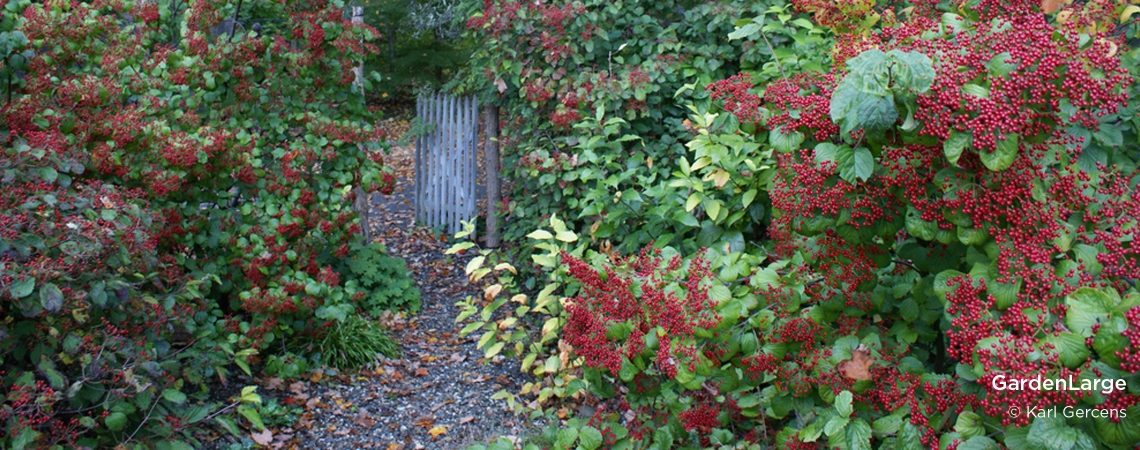



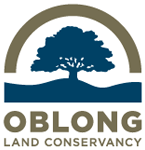


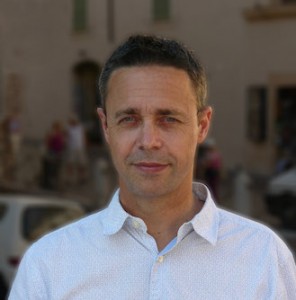

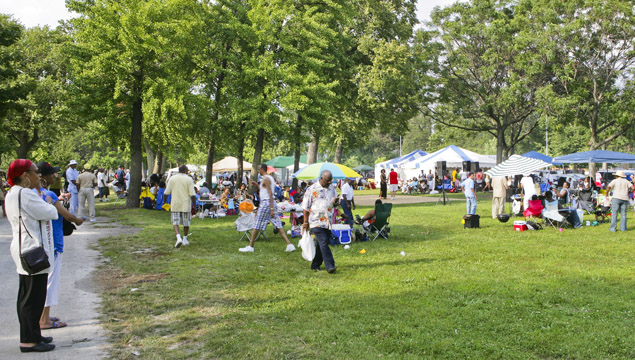
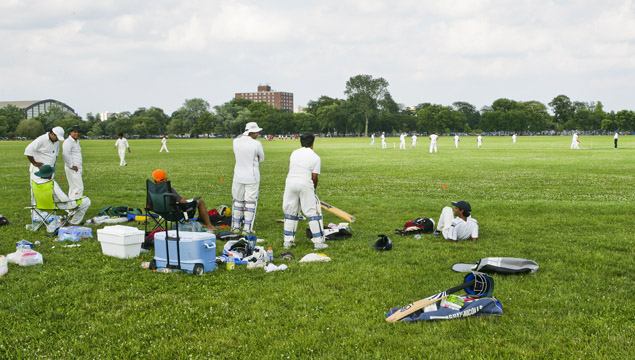
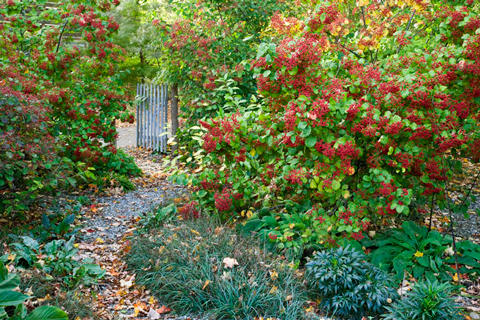
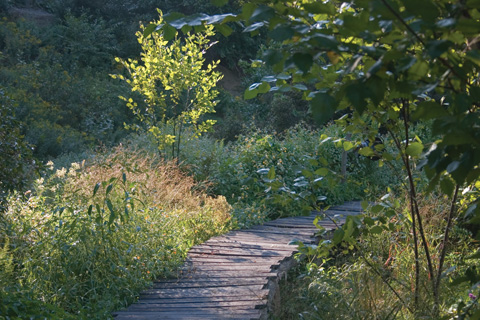 © gardenlarge.com
© gardenlarge.com